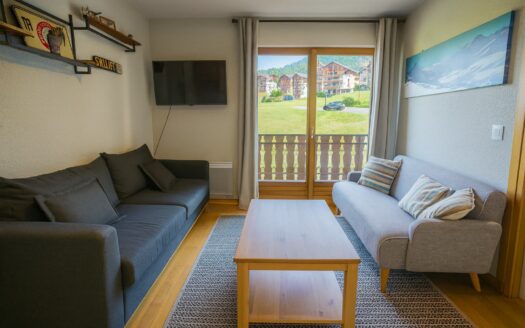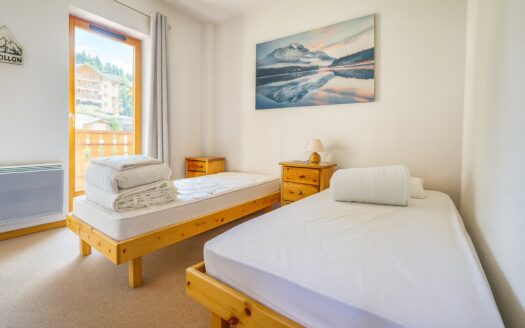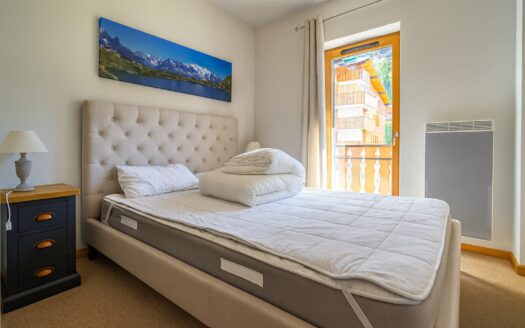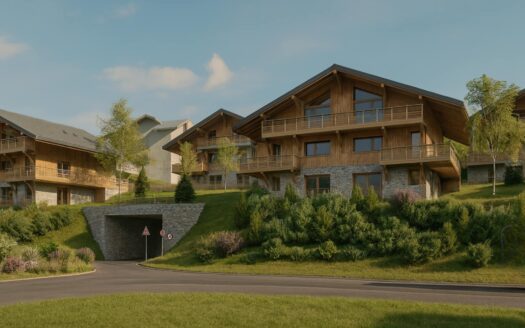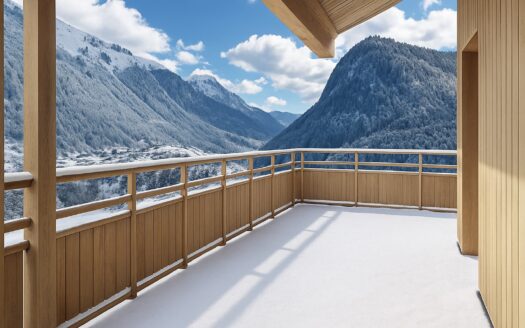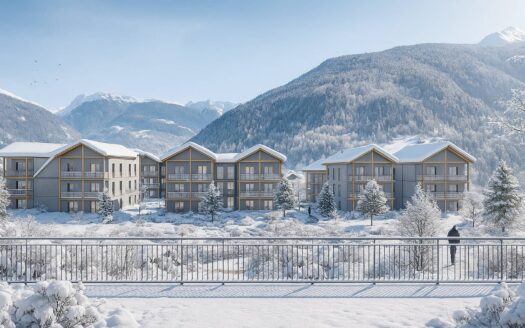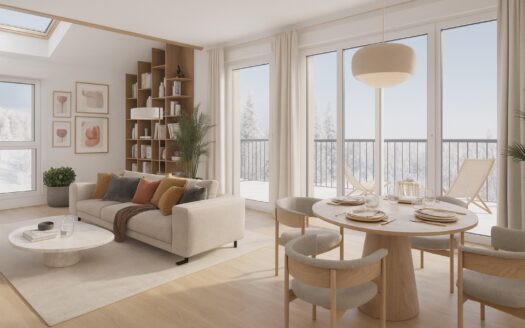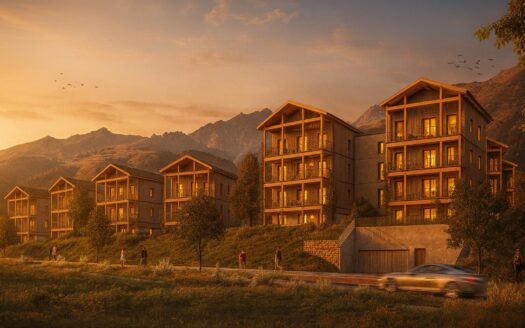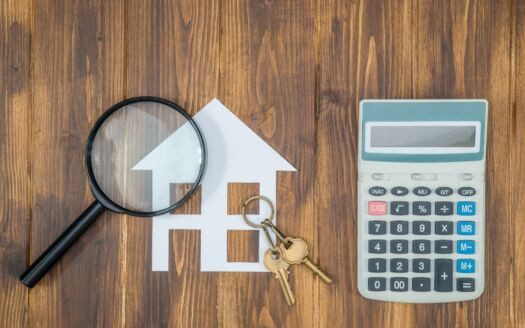France to reform DPE 2026: better ratings for electric-heated properties
France’s property market is bracing for a significant shift in energy efficiency ratings as the government unveils a reform to the diagnostic de performance énergétique (DPE) that favours homes with electric heating. Set to take effect from January 2026, the changes are intended to correct what ministers describe as years of unfairness towards French electricity, which is notably low‑carbon thanks to the country’s heavy reliance on nuclear and renewable generation.
From January 2026, France will reform its DPE energy rating system to favour electric-heated homes.
The electricity co-efficient used in DPE calculations will drop from 2.3 to 1.9, meaning electric heating will be rated more efficiently.
Around 850,000 homes currently rated F or G could move up a grade, improving their marketability and rental eligibility.
The key change: a new electricity coefficient
Central to the reform is the recalibration of the electricity conversion coefficient, which represents how much base electricity is needed to produce a usable kilowatt hour of heating in a home. Since 2021, the coefficient has been set at 2.3, a figure that has tended to push electric‑heated properties down the ratings scale compared with those using gas or oil.
From 2026, that number will fall to 1.9. In practical terms, the state will now assume you need 1.9kWh of base electricity to generate 1kWh for heating—a more sympathetic calculation for electric systems. This seemingly modest adjustment could make a large difference to a property’s letter grade, nudging many homes heated by electricity into a higher efficiency category.
The Ministry for Ecological Transition explains the rationale as a matter of “energy justice and ecological coherence,” reflecting the cleaner profile of French electricity compared with fossil fuels. By presenting electric heating in a more favourable statistical light, the government hopes to encourage the shift away from oil and gas boilers towards modern electric technologies, particularly heat pumps.
Who stands to gain?
According to the prime minister’s office, some 850,000 homes currently languishing in the F or G categories—DPE’s lowest bands—will benefit from the regrade. Estate agents suggest that the most dramatic improvements will be seen in small apartments, often heated exclusively by electric systems and penalised until now by the harsher co‑efficient calculation. In the one‑bed or studio sector, even a single notch up on the DPE scale can make a property more marketable and avoid the looming restrictions on poorly rated homes.
The Fédération Nationale de l’Immobilier (FNAIM), one of France’s leading estate agent bodies, has welcomed the reform enthusiastically. Its president, Loïc Cantin, hailed it as “a move towards energy justice,” remarking that the calculation should better reflect the country’s low‑carbon electricity and the benefits of switching to efficient heat pump technology.
For buyers and sellers, the change could reshape the DPE landscape. Properties that might have been unattractive because of a low score may now pass eligibility thresholds for rentals or avoid the label of passoire énergétique—the French term for “energy sieve” homes, which are subject to strict rules.
The dissenting voices
Not everyone is convinced. Housing charities such as the Fondation pour le Logement des défavorisés caution that the reform could slow much‑needed renovations. Their fear is that landlords will stop investing in upgrading electric‑heated flats simply because the new calculation gives them a passable rating without any work. This, they argue, could leave tenants living in dwellings that are technically better rated on paper but remain draughty, under‑insulated and uncomfortable.
Industry groups outside the electricity sector are also critical. Coénove, representing the gas industry, has accused the government of “political meddling with a scientific tool,” claiming the adjustment masks the slow pace of actual renovation works and detracts from France’s long‑term emissions targets. From their perspective, a better DPE rating achieved purely through a formula change risks being an accounting fix rather than an environmental gain.
The builders’ trade organisation Capeb has likewise expressed concern. If landlords and homeowners find they no longer need to renovate to achieve the desired rating, there may be fewer projects for small building firms, impacting local trades and employment.
A broader context: DPE and policy targets
The DPE, introduced to give buyers and renters clear information on a property’s energy efficiency, has become a legal linchpin in France’s drive to reach carbon neutrality by 2050. Homes rated F and G are gradually being restricted from the rental market, with full bans scheduled by 2034 for anything rated below C. These timelines have been exerting pressure on landlords to invest in insulation, glazing, and more efficient heating systems.
In 2021, the overhaul of DPE calculations to factor in primary energy and seasonal consumption had unintended consequences for electric heating. Because the methodology assumed high conversion losses for electricity, many small units saw their ratings tumble. This led to complaints that France’s own clean electricity was being treated as if it were fossil‑fuel heavy, which is ironic given the country’s nuclear‑based grid produces far fewer emissions per kWh than coal or gas generation.
By realigning the coefficient, ministers aim to make the ratings better reflect reality and to incentivise electrification in heating, especially with low‑carbon generation largely guaranteed in France.
Market implications for 2026 and beyond
For sellers of older electric‑heated flats, the change could be a windfall. A property shifted from G to E, or F to D, becomes instantly more saleable, and could sidestep extensive renovation costs that might otherwise be necessary to comply with legal requirements. Buyers, however, should still weigh the actual comfort and operating costs. Even with a better rating, poorly insulated properties can be expensive to heat in cold snaps.
The reform might also spark renewed interest in electric heat pumps for houses and chalets, aligning with government grant schemes and incentives for replacements of oil or gas systems. Heat pumps, which draw ambient heat from air or ground sources, can deliver around three times as much heat energy as they consume in electricity, making them both efficient and compatible with the lower coefficient.
However, the pull‑back in renovation urgency could be a double‑edged sword. If fewer landlords feel compelled to upgrade insulation or glazing, the structural energy inefficiencies of the housing stock may persist. Critics stress that achieving France’s climate goals will require deep, fabric‑first retrofits and that simply adjusting the numbers won’t seal the gaps.
The 2026 reform to the DPE electricity coefficient is a policy calibrated to make electric heating, long penalised by the rating system, appear more favourable. While it directly benefits hundreds of thousands of homes on paper, its broader impact will depend on whether it genuinely accelerates the shift to low‑carbon heating technologies or merely softens the pressure to renovate. For the property market, particularly in small flats and compact urban dwellings, the short‑term effect is likely to be positive, improving ratings and market appeal. But for France’s climate ambitions, the test will be whether the advantage for electric systems translates into real-world efficiency and less energy waste across the housing stock.
New build properties are indeed well-positioned under the new energy rating laws, making them attractive for both rental and resale due to high energy efficiency grades. Future restrictions on letting and selling homes below a C energy rating will make it harder for owners of older, less efficient properties to rent or sell unless they invest in significant renovations.
As rating thresholds tighten between 2025 and 2034, properties not meeting the standards will lose rental eligibility and see reduced market demand. Therefore, having one or two units below C may not be a short-term concern, but the medium-term market will strongly favour well-rated buildings.
Starting in January 2026, the electricity conversion coefficient in the DPE system will drop from 2.3 to 1.9, meaning properties heated by electricity will receive a better rating without physical renovation.
If the DPE was issued before 2026, owners can recalculate the rating using the new coefficient for free via Ademe’s website, without needing another diagnostic visit.
Around 850,000 homes rated F or G are expected to move up at least one category, with small electric-heated flats benefiting the most.
No, by law, G-rated homes will be banned from rental starting in 2025, F-rated properties in 2028, and E-rated homes in 2034, with tighter energy requirements for rental eligibility.
Quick search
2336 – Thollon-les-Mémises – 2-Bedroom Apartment with Mountain Views
You can contact Domosno via phone: +44 79 0100 2763 mobile: Please use the #%id to identify the property "2336 – Thollon-les-Mémises – 2-Bedroom Apartment with Mountain Views"
Morzine | L’Estive
You can contact Domosno via phone: +44 79 0100 2763 mobile: Please use the #%id to identify the property "Morzine | L’Estive"
Bourg-Saint-Maurice, Les Arcs | Alpine Residence
You can contact Domosno via phone: +44 79 0100 2763 mobile: Please use the #%id to identify the property "Bourg-Saint-Maurice, Les Arcs | Alpine Residence"
Ready to Buy your ski Home?
Get in touch with our French Alps team to secure your ideal ski property.

Domosno — member of the
Association of International Property Professionals
since 2010

